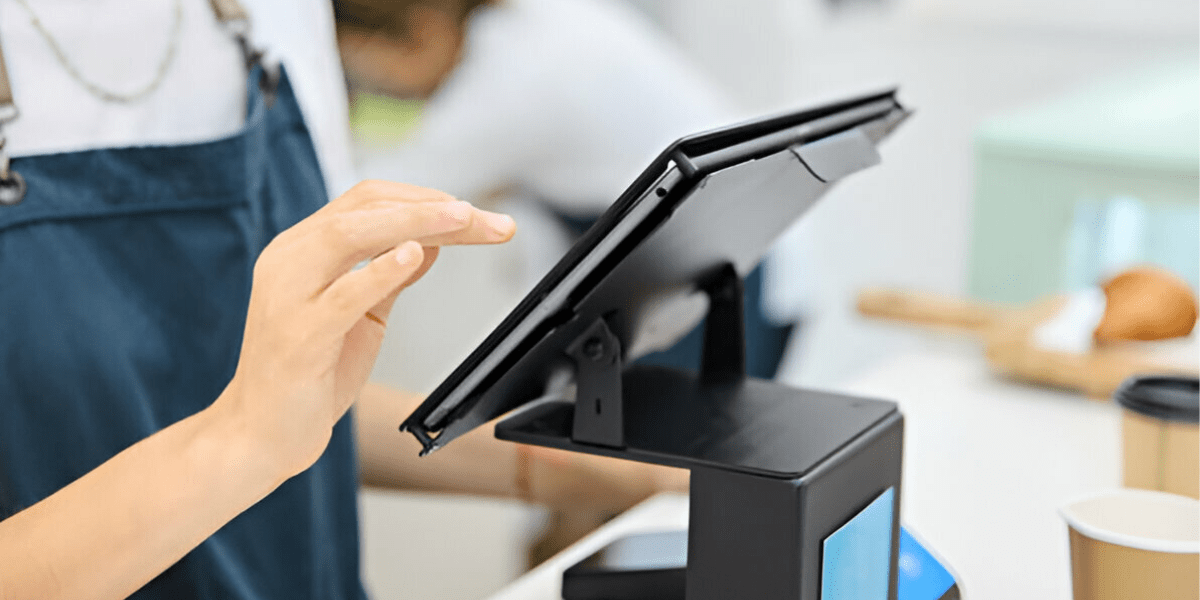A Beginner’s Guide to POS System Security Best Practices

In today’s digital age, securing your Point of Sale (POS) system is more critical than ever. Whether you’re running a small business or a large enterprise, the POS system is at the heart of your operations, processing payments and handling sensitive customer information. However, with the increasing sophistication of cyber threats, it’s essential to prioritize the security of your POS system to protect your business and customers. This guide will walk you through the best practices for securing your POS system, even if you’re a beginner.
Understanding the Importance of POS System Security
A POS system is more than just a tool for processing sales; it’s a repository of sensitive data, including credit card information, customer details, and transaction records. If compromised, this data can be used by cybercriminals for fraudulent activities, leading to financial loss and damage to your business’s reputation. Therefore, ensuring your POS system is secure isn’t just about compliance—it’s about safeguarding your business and maintaining customer trust.
1. Implement Strong Password Policies
One of the simplest yet most effective security measures is enforcing strong password policies. Ensure that all users, including employees and administrators, use complex passwords that include a combination of letters, numbers, and special characters. Passwords should be changed regularly, and default passwords should be updated immediately after setting up the system. Additionally, consider implementing two-factor authentication (2FA) for an extra layer of security.
2. Keep Your POS Software Updated
Regular software updates are crucial for maintaining POS system security. Manufacturers often release updates to patch vulnerabilities and improve security features. Failing to update your POS software can leave your system exposed to known exploits. Set your system to automatically check for updates or establish a routine to manually check for and install updates regularly.
3. Secure Your Network
Your POS system is only as secure as the network it’s connected to. Ensure that your network is protected by a strong, unique password and use a firewall to monitor and block unauthorized access. Segment your network so that the POS system is on a separate network from other devices, such as guest Wi-Fi. This reduces the risk of a breach spreading from one part of your network to another.
4. Use Encryption for Data Protection
Encryption is essential for protecting sensitive data, both in transit and at rest. Ensure that your POS system encrypts all transaction data, especially credit card information. This means that even if data is intercepted, it cannot be read without the encryption key. Look for POS systems that are PCI DSS compliant, as they are required to use strong encryption methods to protect payment information.
Read also : 7 Powerful Benefits of Contactless Payments via POS Systems You Can’t Ignore
5. Regularly Monitor and Audit Your System
Continuous monitoring and regular audits are key to detecting and preventing security breaches. Implement a system to monitor POS activity in real-time, alerting you to any suspicious transactions or unauthorized access attempts. Regularly review logs for anomalies and audit your security practices to ensure compliance with the latest security standards.
6. Educate and Train Your Staff
Human error is often the weakest link in security. Educate your staff about the importance of POS system security and train them on best practices, such as recognizing phishing attempts and avoiding suspicious links. Make sure they understand the procedures for reporting potential security incidents.
7. Limit Access to Sensitive Information
Not everyone in your organization needs access to sensitive data. Implement role-based access controls (RBAC) to limit access based on job responsibilities. For example, only authorized personnel should have access to administrative functions or financial data. This reduces the risk of internal threats and ensures that sensitive information is only accessible to those who need it.
8. Regularly Back Up Your Data
In the event of a security breach or system failure, having a recent backup of your POS data can save your business. Ensure that your data is backed up regularly and stored securely, either offsite or in the cloud. Test your backups periodically to ensure they can be restored quickly if needed.
9. Work with Trusted Vendors
Finally, work with reputable POS vendors who prioritize security. When choosing a POS system, research the vendor’s security practices, read reviews, and ask about their response plan for security incidents. A trusted vendor will provide you with a secure system and support you in maintaining its security over time.
Conclusion
Securing your POS system is an ongoing process that requires vigilance and commitment. By implementing these best practices, you can significantly reduce the risk of a security breach, protect your customers’ sensitive information, and ensure the long-term success of your business. Remember, in the world of cybersecurity, prevention is always better than cure.
Visit our site at www.dibtech.com.au
Visit our YouTube channel for tutorials Dibtech






